Schema therapy can change deeply held beliefs and behaviors to support addiction recovery. Learn more about schema therapy and how it can help with treatment.
Everyone’s life experiences shape how they see the world. A schema is a mental framework that helps people interpret and organize information about themselves, others and the world at large. According to schema theory, schemas develop based on life experiences. They can influence thought patterns, reactions and behaviors.
Schemas are often formed after adverse or difficult experiences and can create vulnerabilities for substance use. Schema therapy aims to change a person’s deep-seated beliefs to help them adapt and cope with the world around them. Schema therapy can help with long-lasting or difficult-to-treat mental health conditions.
What Is Schema Therapy?
Schema-focused therapy aims to help patients move from maladaptive schemas to healthy, adult schemas. Changing schemas can help clients change life patterns and behaviors that have been driven by maladaptive schemas that can be problematic or related to mental illness.
Treatment Can Be Life Changing. Reach out today.

Schema therapy is a combination of cognitive behavioral therapies, attachment theory and other psychological concepts that inform how people think and behave. To help people connect with others and meet their emotional needs, schema therapy aims to strengthen healthy schemas and unlearn or weaken maladaptive schemas.
What Is Schema Therapy Used For?
Schemas are usually deeply ingrained and can be hard to change. Because of this difficulty, schema therapy is often used for difficult-to-treat mental health conditions. These can include personality disorders, childhood maltreatment, post-traumatic stress disorder, eating disorders and substance use disorders.
Schema therapy is used to break down, weaken or heal unhelpful schemas and encourage clients to develop new and healthy schemas. This therapy is also used to reduce the use of maladaptive coping skills and teach healthy coping strategies to encourage schema change.
Schema therapy was developed by Dr. Jeffrey Young in the 1990s after noticing that traditional therapies failed to help some patients. Usually, these patients had long-held beliefs or characteristics that were hard to change with the therapy frameworks available at the time.
To address this, Dr. Young identified what he called “schemas” or “life traps” that contributed to the problems his patients were having. Schema therapy was developed to help his patients address and change these schemas.
18 Maladaptive Schemas
Early maladaptive schemas are developed as a result of early life challenges or environments. These maladaptive schemas can lead to mistrust and problematic thinking and often impact adult behavior.
There are 18 maladaptive schemas, many of which involve underlying beliefs and perceptions that can increase the risk for substance use:
Abandonment/Instability: Others will not be able to continue providing emotional support or connection. People with this schema believe that people will leave or abandon them for someone better.
Mistrust/Abuse: Others will hurt, cheat, humiliate, lie to or take advantage of them. This level of mistrust is the result of the belief that others will intentionally or willingly hurt the individual.
Emotional Deprivation: A person’s normal emotional needs will not be met by others. Schema therapy for emotional needs can help alter this belief.
Defectiveness/Shame: One is bad, unwanted or defective. This schema involves intense feelings of shame and insecurity.
Social Isolation/Alienation: The belief that a person is not a part of any group, community or doesn’t belong.
Dependence/Incompetence: Often presenting as helplessness, this schema involves the belief that a person is unable to meet their own needs or take care of themselves without significant help from others.
Vulnerability to Harm or Illness: The belief that danger or catastrophe can happen at any moment, and there is nothing a person can do to prevent it.
Enmeshment/Undeveloped Self: This includes extreme emotional involvement with others in a person’s life, often their parents or a partner. This closeness comes at the cost of developing one’s own independent and fulfilling relationships.
Failure to Achieve: The belief that one is a failure and will continue to fail. A person with this schema may believe that they are inadequate compared to those around them.
Entitlement/Grandiosity: The belief that one is special, superior or has special powers that make them better than other people. People with this schema often believe that rules don’t apply to them and that they should get what they want. These individuals often lack empathy.
Insufficient Self-Control/Self-Discipline: An inability or unwillingness to exert control over one’s behavior or impulses. People with this schema tend to avoid discomfort and responsibility.
Subjugation: Persistent surrender to others due to perceived coercion or avoidance of feelings of hurt or anger. This schema can include a person feeling the need to subjugate their own desires based on the belief that their beliefs or wants are not as important as other people’s.
Self-Sacrifice: Extreme focus on putting other people’s needs ahead of one’s own, often to avoid feeling unneeded or guilty.
Approval-Seeking/Recognition-Seeking: Driven by the need and desire to be noticed and recognized. This schema may include an overemphasis on the importance of status and achievement and may cause an individual to put recognition above their own needs or desires.
Negativity/Pessimism: A persistent focus on the negative aspects of life, like disappointment, death and helplessness about the future. The potential positives in life are often ignored or overlooked.
Emotional Inhibition: Suppressing spontaneous actions and feelings, often to avoid disappointing others or losing control of oneself.
Unrelenting Standards/Hypercriticalness: A person must meet high internal and external standards that they set for themselves. Individuals with this schema are often unable to slow down or relax and may forgo pleasure and healthy relationships.
Punitiveness: Others should be harshly punished for their beliefs. As a result, individuals with this schema can be intolerant, unforgiving and unwilling to consider external circumstances.
Acquiring Early Maladaptive Schemas
Early maladaptive schemas are developed as a result of adverse or challenging experiences early in life. For example, maladaptive schemas may develop as a result of physical or emotional neglect or abuse.
Some of the experiences that can lead to the development of different schemas in the early years are:
- Being disconnected or rejected by caregivers or other loved ones
- Growing up in a controlling environment that prevents the child from being autonomous
- Lack of safety or stability
- Being belittled or punished for expressing one’s feelings or needs
These experiences are common in abusive or neglectful environments.
How Does Schema Therapy Work?
Schema therapy treatment plans normally include assessment, education about schemas and work to change present schemas. Schema-focused therapy techniques include cognitive, behavioral and emotional components.
Cognitive Techniques
Cognitive techniques include evaluating present schemas and building rational evidence to challenge them. Patients may document this evidence against the schema in a schema diary, which they can carry around with them to reference during situations when they may need to challenge their beliefs.
Emotion-Focused Techniques
These techniques include imagery and dialogue, like role-play therapy or two chair work. These techniques allow the patient to play out situations that contributed to the schema development and confront their schemas head-on. Confronting schemas can empower the patient to break the emotional cycle of their current schema.
Therapy Relationship
The therapist and patient work closely together to address schemas and related beliefs and behaviors. The therapist demonstrates understanding and empathy of how these schemas developed, but also encourages the patient to change. This technique is known as empathic confrontation. The therapist also helps the patient analyze the schema and understand how their behaviors and thoughts contribute to it.
Behavioral Techniques
These techniques usually include confronting situations or feelings that are often avoided, usually through exposure therapy. During exposure therapy, patients visualize or discuss situations that are distressing to them and learn to cope with these situations more effectively. This method helps transition schema therapy to practice, which can be applied to the real world.
How Long Does Schema Therapy Take?
There is no standard guideline for how long schema therapy should take. Schemas are strongly held and deeply ingrained. Breaking down schemas can be a lengthy and difficult process.
Schema therapy can take months or years and is usually an ongoing process. Patients are required to evaluate their thought patterns and behavior continually. Although this can be a lengthy and tedious process, schema therapy can improve an individual’s quality of life and chances of recovery.
Schema Therapy Examples
Schema therapy can be used in many different situations. For example, within a failure to achieve schema, a person may believe that they are destined to fail or lose their job.
After receiving education on this schema and schema theory, a patient and therapist can discuss and document evidence that shows how a person is not failing at their job.
Evidence might include documenting praise from a boss, times deadlines were met or lack of interventions related to work performance.
The patient will then use this evidence to alter their thoughts, beliefs and behaviors surrounding this schema using various techniques. This process can be readily applied to other schemas, such as abandonment or unrelenting standards.
Schema Therapy Goals in Recovery
The ultimate goal of schema therapy is to help patients move away from maladaptive coping strategies and toward healthy schemas that allow them to function and meet their needs.
Schema therapy allows patients to break cycles that contribute to the stability of their schemas, such as substance abuse and aims to help patients use healthier coping strategies. Although schema theory suggests that schema beliefs are firmly held, this therapy can help adjust long-held beliefs and behaviors.











